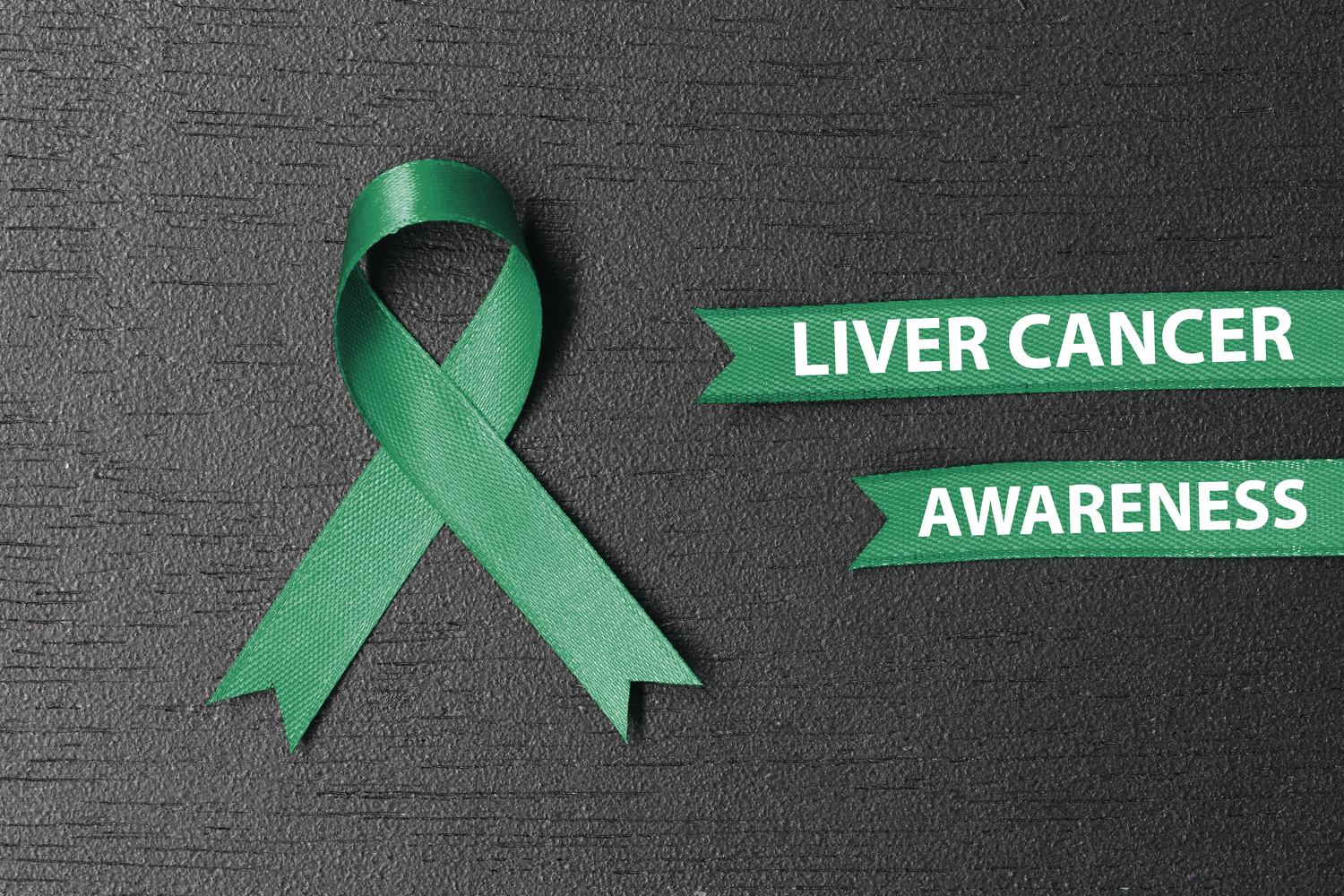
Common Treatments for Liver Cancer
Approximately 30,000 men and 12,000 women in the country are estimated to be diagnosed with liver cancer this year alone. The number of people being diagnosed and those succumbing to liver cancer is on the rise. Research studies indicate that when liver cancer is diagnosed in the initial stage there is a 31% survival rate. However, like with all types of cancer, the stage of the disease at the time of diagnosis will decide the survival rate.
So when people are diagnosed with liver cancer after it has metastasized to faraway parts of the body, the number of people recovering from this cancer is reduced to only 2%. The common causes for liver cancer, i.e., cancer originating in the liver, are excessive alcohol consumption, hemochromatosis or the accumulation of too much iron in the body, obesity and diabetes, viral hepatitis B and C. Depending on how much of the liver is affected, whether the cancer is localized or has spread to other parts of the body, other comorbid illnesses of the patient at the time of diagnosis of liver cancer, and the general health of the patient, all play a role in deciding which common cancer treatment option must be followed:
1. Healthcare teams
A multidisciplinary team of doctors, pathologists, radiologists, oncology nurses, physician assistants, social workers, palliative care doctors and nurses, and therapists, all work together to either remove cancer from the patient’s liver or improve the quality of life of the patient. Surgery, radio-frequency ablation, embolization therapy, and radiation therapy are four common treatment options used when liver cancer is diagnosed at an early stage. These common treatments for liver cancer are aimed at eliminating cancer and relieving the patient of this disease.
2. Surgery
When the liver function is otherwise good when the cancer is localized to one part of the liver, or if the tumor is small, then removal of the tumor from the liver through Hepatectomy, or liver transplant is considered. In a hepatectomy, only a portion of the liver that is cancerous is removed. And as an incredible organ that can grow back to its initial size, the liver will, over a few weeks, regenerate on its own. In the event when a liver transplant is necessary, and a donor’s liver is available, the entire liver is replaced.
3. Radio-frequency ablation
The process of treating cancer without extracting it from the body is called ablation. Radio-frequency ablation (RFA) or Thermal Ablation is the use of heat to destroy cancer cells in the liver. For patients who are not in good health, or when the liver functioning is poor, then through the skin, through laparoscopy, or with conscious sedation for surgery, radio-frequency ablation is performed.
4. Embolization therapy
This is a minimally invasive procedure that cuts off the blood flow to the liver by blocking the hepatic artery that supplies blood to the cancerous part.
5. Radiation therapy
When the above-mentioned common treatment options cannot be used, or are not effective, focused beams of high-energy radiation are aimed by radiation oncologists directly at the cancer cells in the liver to destroy them.




